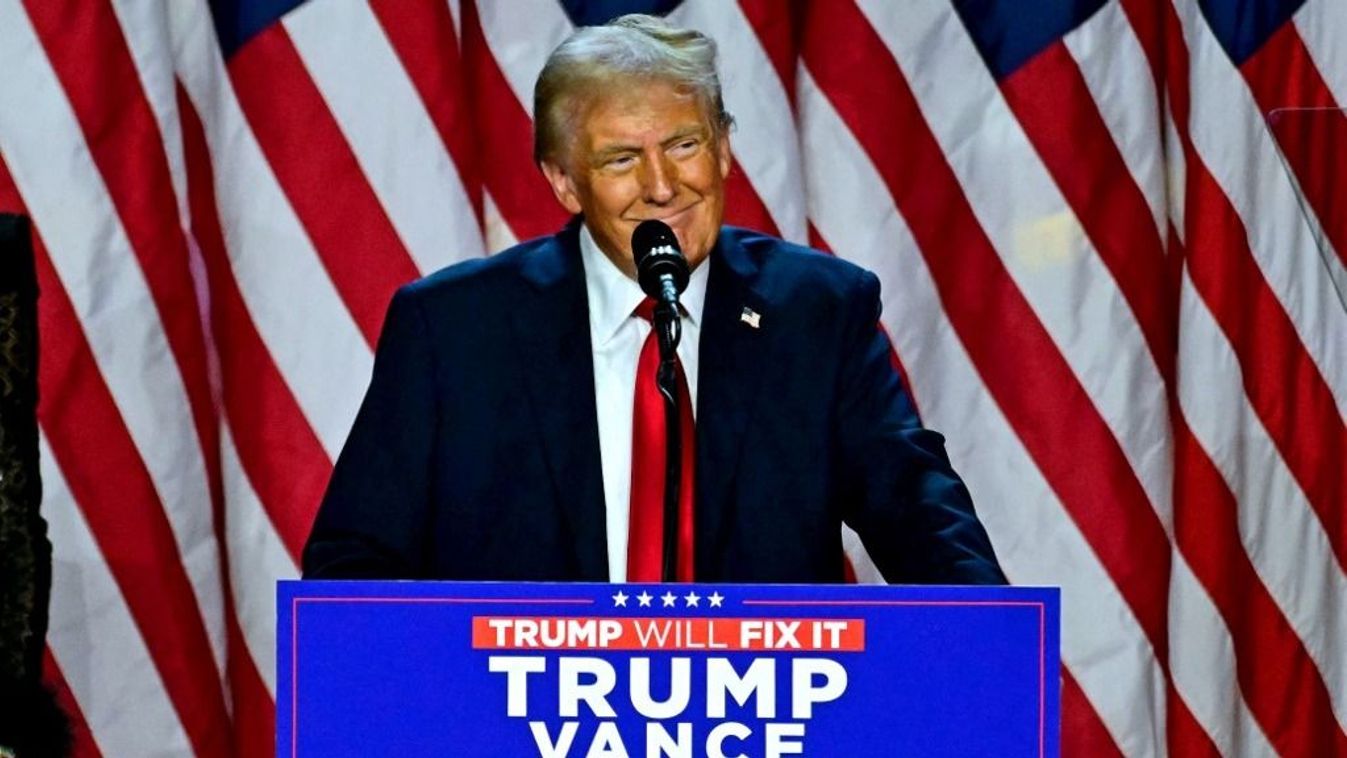késleltetett adatok
The Saver's Dilemma
The heart of any economy is the mechanism by which funds are channeled from savers to investors. In normal times, capital markets perform this function smoothly; but these markets break down from time to time, owing to sudden large changes in perceptions about the riskiness of important asset classes.
In the US, this happened when investors discovered that even AAA-rated asset-backed securities were in reality risky. China experienced a similar surprise when the US government lost its AAA rating. But nowhere is the problem as acute as it is in Europe, or, rather, the eurozone, where German savers are suddenly discovering risk across the European periphery.
What is true of Germany is also true of most of the countries of Northern Europe, many of which now run current-account surpluses that are even larger as a proportion of GDP. These countries’ households continue to save, accumulating deposits at their local banks and buying bonds from their local wealth managers. But they feel that the eurozone has become such a dangerous place that they no longer dare to invest abroad.
Greece, Ireland, and Portugal are off-limits because their bonds no longer rate as investment-grade, which means that banks are not allowed to sell them to individual savers. But even investment-grade Spain and Italy have now suddenly been classified as precarious, implying that risk managers everywhere tell investors to cut their exposure.
The fundamental problem is simple: the market cannot be brought back into equilibrium when savers do not want to lend to those who would be willing to take these savings.
Lower interest rates are not a solution to this dilemma. In the US, demand has not recovered, despite almost three years of near-zero interest rates. In Europe, lower rates risk aggravating the problem by lowering the returns for savers. When the yield on German government bonds falls to 2%, which is negative in real terms, German savers must redouble their efforts to achieve a certain target for retirement income.
This is why the current spiral of ever-lower interest rates in Germany (and northern Europe) and higher risk premia for most of the rest of the eurozone is so destructive. Lower interest rates can thus lead to lower consumption in surplus countries, thereby increasing the supply of loanable funds. But higher risk premia elsewhere force the rest of the eurozone to cut spending, thus reducing their demand for these funds.
Indeed, stock markets are tanking precisely because investors fear that ever-increasing risk premia in the eurozone’s peripheral countries will force them to stop consuming and investing, leading to lower German rates and thus inducing German households to reduce their consumption as well. But a weaker German economy makes adjustment in the periphery even more difficult.
The most radical way to break this vicious circle would be to introduce Eurobonds. National risk premia would then disappear, and German savers would have no problem investing their savings in the eurozone’s periphery, knowing that the German government would ultimately underwrite these countries’ government bonds. The eurozone economy could then recover quickly.
This is why market participants like to repeat that only Eurobonds will end the crisis. But Eurobonds would also create huge incentive problems, because debtors in the eurozone periphery would no longer have to fear any punishment by markets and might thus be induced to consume and invest too much.
What Europe needs is a mechanism that lets the capital market work most of the time, but that enables intervention when it ceases to function. In other words, the eurozone needs a European Monetary Fund that prevents this vicious circle from tightening by providing bridging finance when capital markets break down. Europe now has such an institution in the form of the European Financial Stability Facility – but the EFSF needs to be much better financed to allow it to fulfill this function.
But even the creation of a European Monetary Fund cannot save the world economy if confidence between China and the US breaks down. The US government’s loss of its AAA rating is a first sign that the most important outlet for excess Chinese savings might be losing its luster.
The general lesson from the euro crisis and the US rating downgrade is simple: given that so many countries have chronic excess savings (Germany, Japan, China, oil exporters), the world economy cannot recover without finding ways to channel these excess savings to economies that are both creditworthy and willing to borrow. Both sides will have to make an effort: Creditors must accept some risk, and debtors must enhance their creditworthiness through structural fiscal adjustment and reforms that improve their growth prospects.

Portfóliónk minőségi tartalmat jelent minden olvasó számára. Egyedülálló elérést, országos lefedettséget és változatos megjelenési lehetőséget biztosít. Folyamatosan keressük az új irányokat és fejlődési lehetőségeket. Ez jövőnk záloga.




















